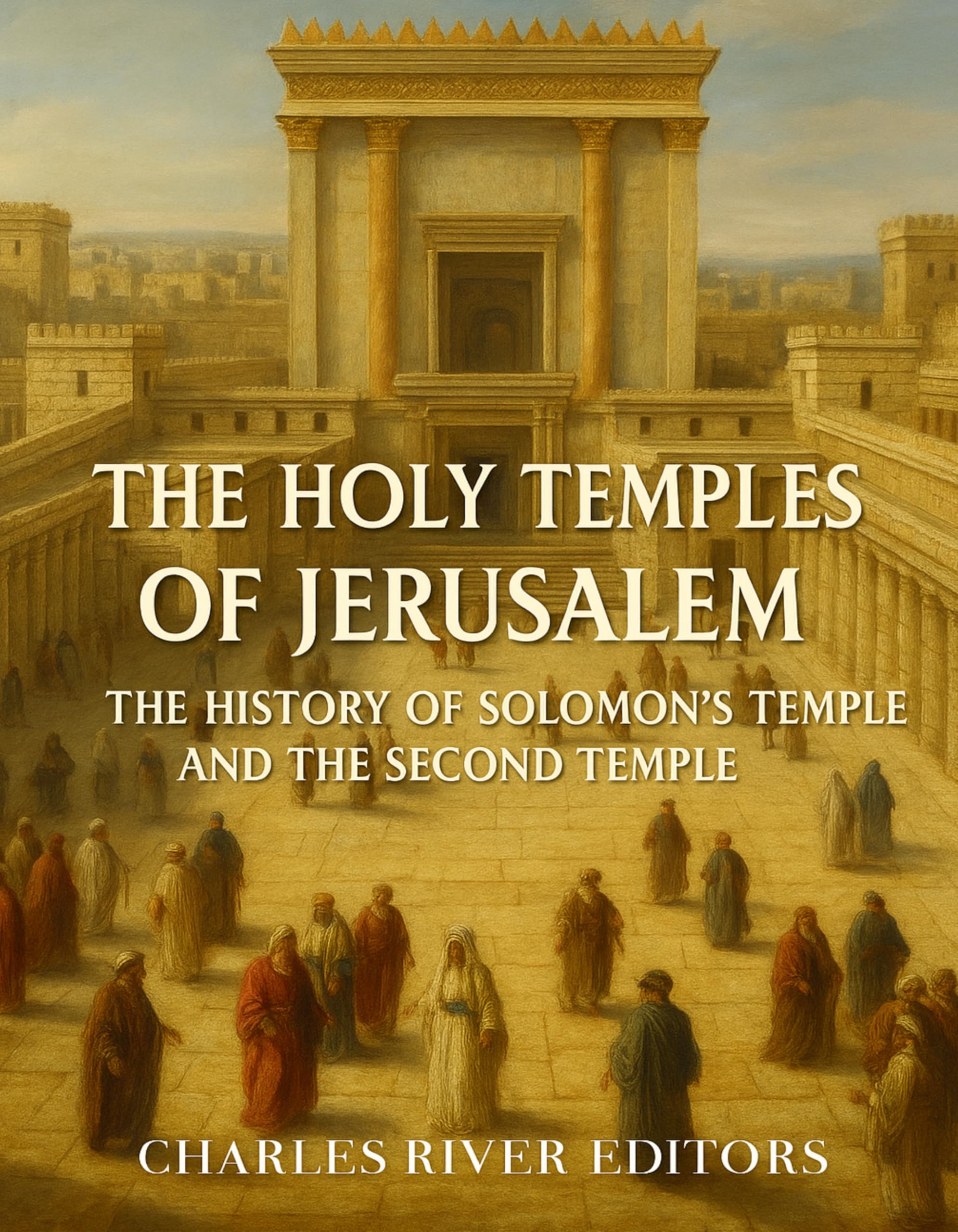There was not any one entity more central to the Yahwistic Judean religion during the monarchy than the temple of Solomon. It symbolized the presence of YHWH in the nation, as well as his enduring protection of the nation and the Davidic royal throne. Judean worshippers directed their prayers toward the Solomonic temple, and eventually, the Judean prophets and theologians declared that this was the only legitimate location where priests could perform sacrifices and other religious rites for YHWH. Its significance can be seen most clearly in the dramatic cognitive dissonance experienced by the Judeans in Babylonian captivity after the destruction of the temple, which had been so central to their religious conception that they had great difficulty reconciling its destruction with their continued belief in YHWH at all. Jerusalem was uninhabited for much of the 6th century B.C., and this period is known as the exile to Babylon, and Bible scholars believe that it was during those years that the Jewish people came into contact with several stories and legends that would later be incorporated into their sacred writings. A generation later, Achaemenid Persian Emperor Cyrus the Great allowed the Jews who so wished to return to Jerusalem to rebuild the temple and reestablish their nation.The reborn country, settled in the province called Yehud Medinata, survived semi-independently, although to a lesser extent than before, until it was again absorbed by the Greek kingdoms that arose after the conquests of Alexander the Great. After that, the Jews remained under the rule of the Hellenistic Seleucids, who ruled their Near Eastern kingdom from Mesopotamia, and occasionally under the rule of the Ptolemies, who reigned from Alexandria, Egypt.For nearly two centuries, the Jews and Greeks of the region were able to live in relative peace. The Seleucid rulers allowed the Jews to practice their religion unmolested, and many of the Jews adopted aspects of Hellenism in order to ingratiate themselves with the rulers. Eventually, though, a number of factors led to a Jewish revolt against Seleucid rule that started in 167 B.C. and came to be known as the Maccabean Revolt.The uprising came about as the result of a growing sense of Jewish identity and a sort of proto-nationalism that viewed the Seleucids as enemy occupiers of the Holy Land. On the other side, the Seleucid King Antiochus IV (r. 175-164 B.C.) viewed the Jews with suspicion due to their often insular nature and unwillingness to accept Hellenism. These attitudes collided, leading to the Maccabean Revolt.The Maccabean Revolt never clearly ended, so historians continue to debate the timeline, but as it dragged on for some time, it evolved from an independence movement into a war of Jewish conquest. Judea’s sovereignty and temple worship were restored in Jerusalem, but as their luck would have it, the Jewish nation wouldn’t last long due to the rise of Rome. Nevertheless, the revolt had permanent effects on Jewish culture and identity, the Bible, the celebration of Hanukkah, and the geopolitical situation in the ancient Near East.The Siege of Jerusalem in 70 A.D. is arguably the most important event in Jewish history. First, it was the central battle in the First Jewish-Roman war. Second, the failure of the siege on the Jewish side resulted in the destruction of the Second Temple of Jerusalem, a disaster that would eventually prove both permanent and catastrophic, since it was never rebuilt. Third, it permanently altered the diaspora of Judaism in the Ancient World. Fourth, because it was indecisive in breaking the power of the Jewish revolt permanently, it was also inconclusive and led to further, inevitable revolts that broke Judean identity completely.
The Holy Temples of Jerusalem: the History of Solomon’s Temple and the Second Temple
Explore the pivotal role of Solomon’s temple in Judean religion, its destruction, and the ensuing cultural shifts, including the Maccabean Revolt and the impact of Rome on Jewish identity.
| book-author |
|---|











